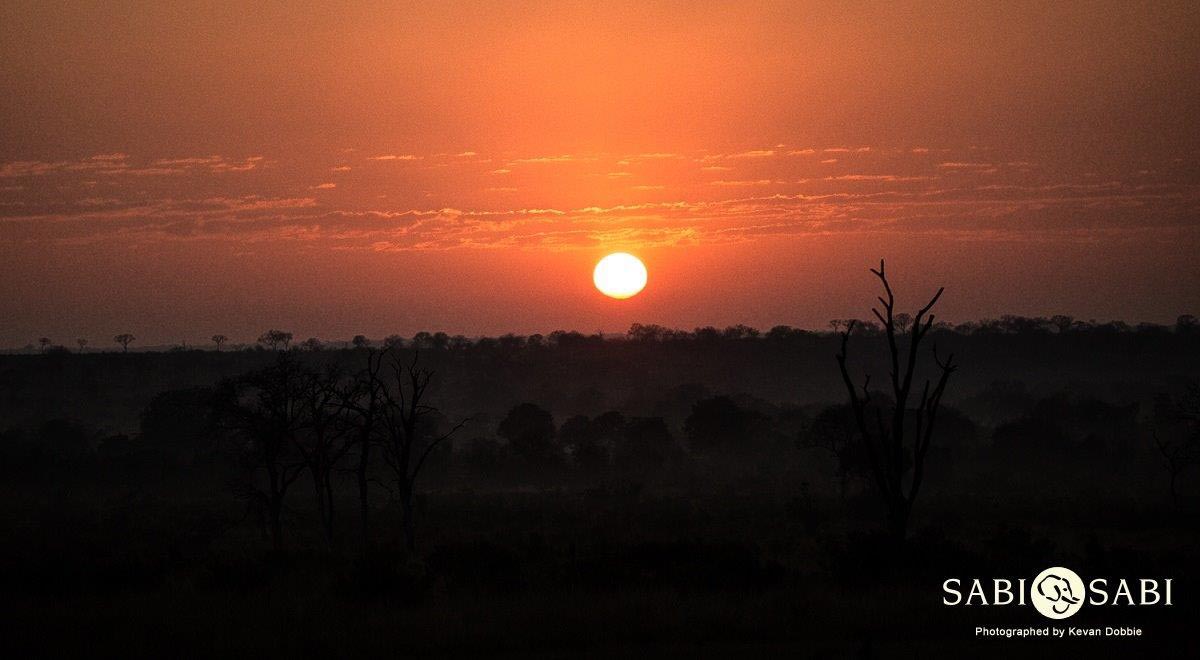Kevan’s Cycle Highlights: July/August 2017
on Sep 12, 2017The Knobthorn Tree, (Acacia nigrescens), started to show its flowering process at the end of July, beginning of August 2017.
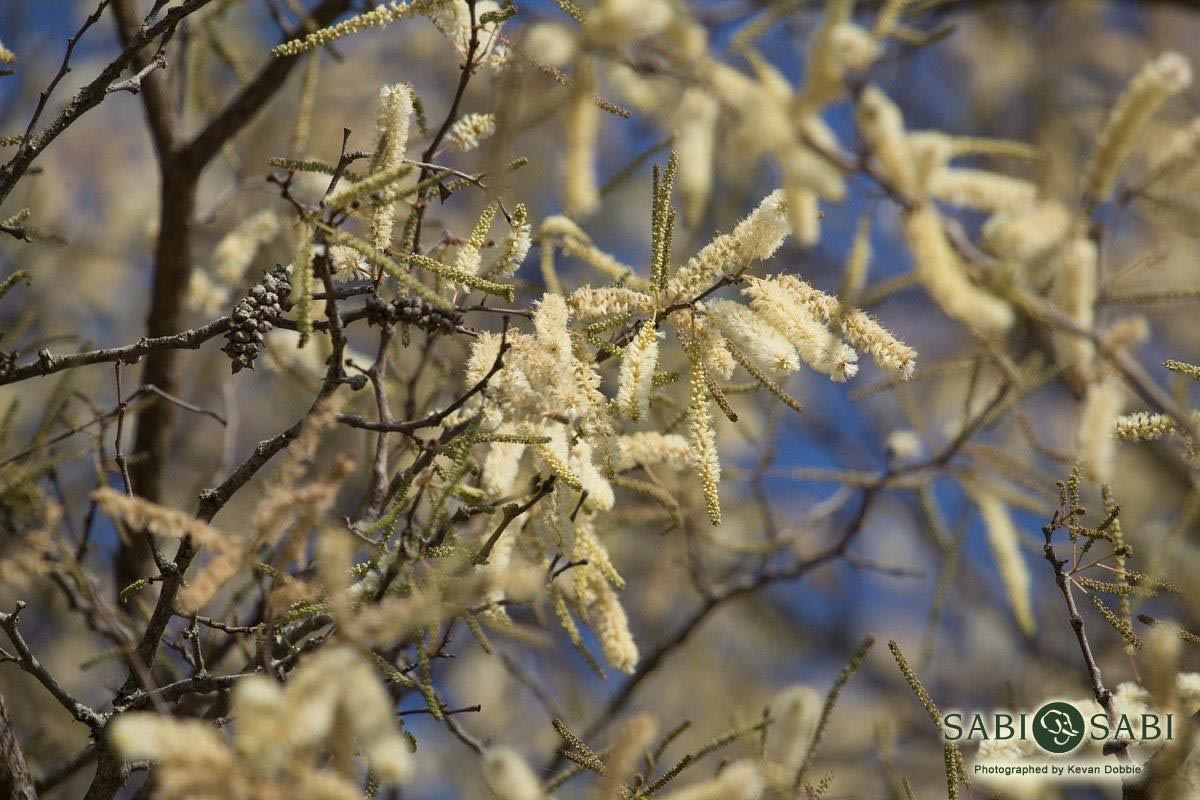
The change of season is well on its way and is upon us here on the reserve. The average day time temperatures have been mild to excessively hot as we enter spring from winter. Although a change in season, the area still has not received what we would call our “first rains” or any sufficient rainfall, just a small amount of approximately 3.5mm during the month of August, however this was gladly accepted by all. Animal species on the reserve are all still within good condition based on the season and there is still a fair amount of palatable availability of food around and water, thus two important factors to enhance game viewing, and the game viewing was at a top standard with some excellent sightings and interactions that made once again another perfect cycle.
As mentioned above, sufficient water and sufficient food, a variety of large breeding herds of Cape Buffalo have been utilising the resources that our reserve has and spending a fair amount of time moving between water source to water source.
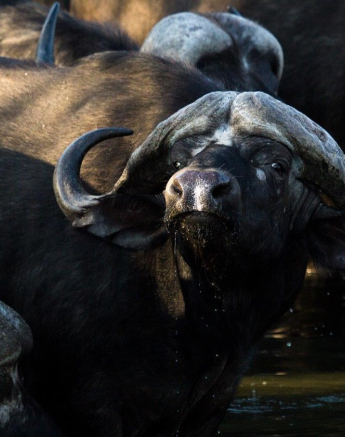
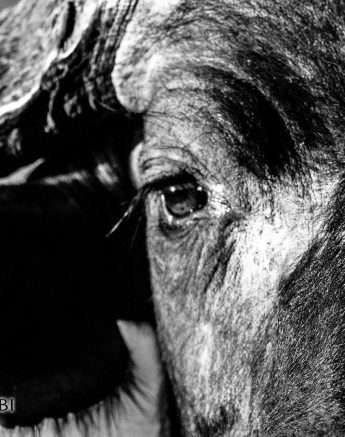
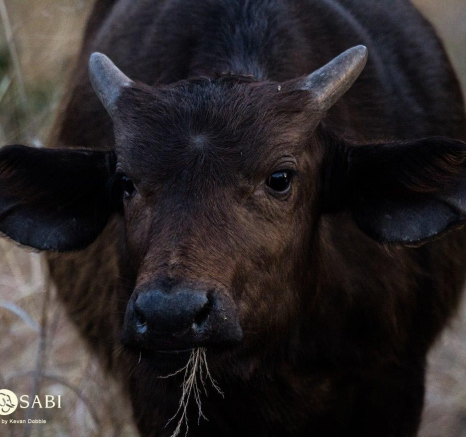
The three young Tsalala male lions have been a regular sighting over this last cycle within our Northern property. With the two Charleston males extending and spending roughly ninety percent of their time in the South of their territory, the Tsalala males have then seemed to have been present in the unmarked territory of the Charleston males, marking and possibly trying to take over and develop the portion of the territory as their own, even to the point of one male mating with an unidentified female from the North.
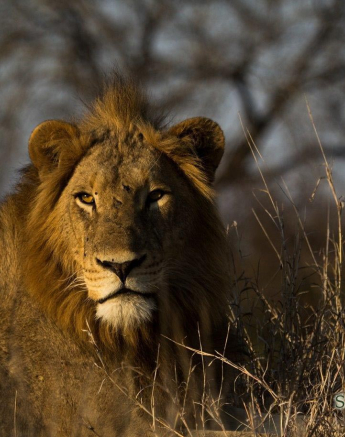
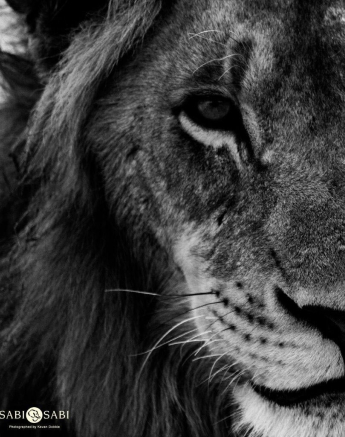
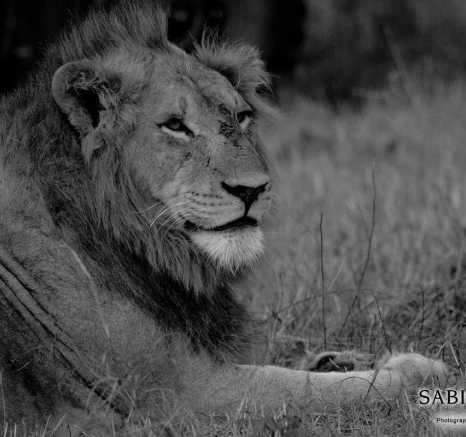
With all the commotion of territorial calling, contact calling and the possibility of developing a territory, the recently seen young Avoca males were keen to make an appearance into the mix of things and did so by taking down a relatively large Cape Buffalo bull upon their entrance.
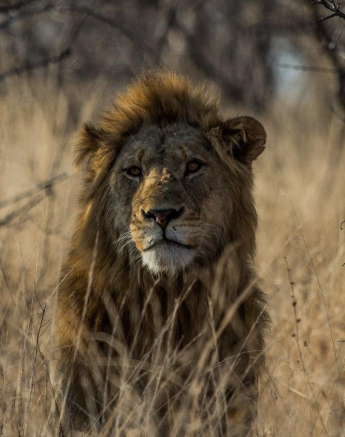
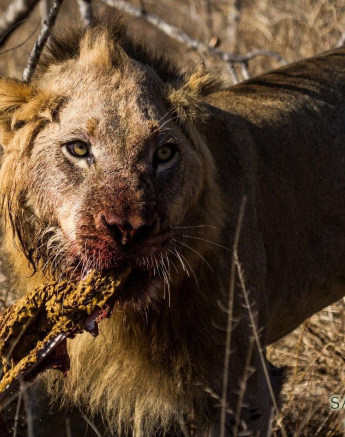
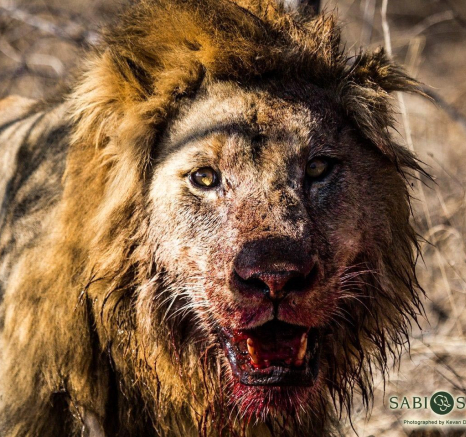
With a coalition of three young male lions and two other males from a different area, there have been instances where all five have met up, being while on kills and just in general and its difficult to say which coalition is more dominant in the area, and this will be decided over time and many more altercations are to happen. Currently at the moment all five are in or surrounding the Northern property trying to develop a territory. However, although this technically is still the Charleston males’ territory, they did make a short appearance lasting 16 hours before returning south and through that duration, these coalitions were nowhere to be found. Only time will determine how the dynamics will be played out.
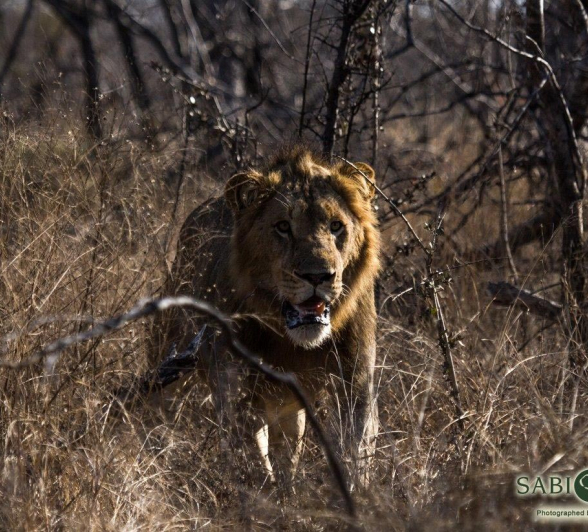
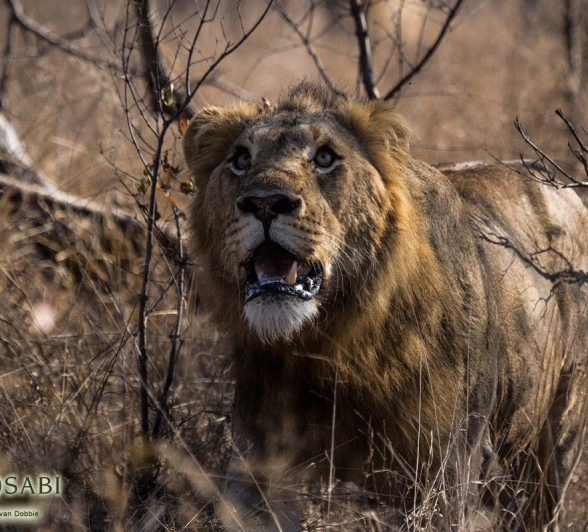
The Southern Pride have been seen regularly moving back and forth from the North West parts of the property and the Southern property. They have been making a variety of Cape Buffalo kills lately and are seeming to be relatively healthy and well fed.
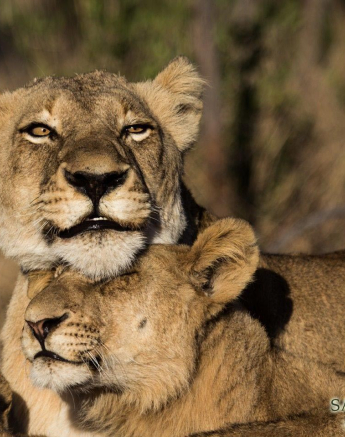
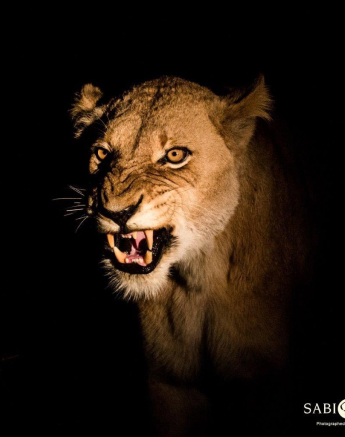
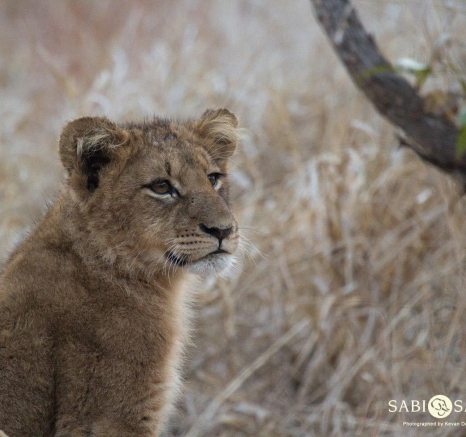
With so much lion activity all over the reserve, one would wonder about the possibility of other not so often seen predators, mainly the Cheetah. A regularly seen male made his way throughout the Northern property and spent a fair amount of time in the Southern property where he attempted a variety of hunts and continued with scent marking.
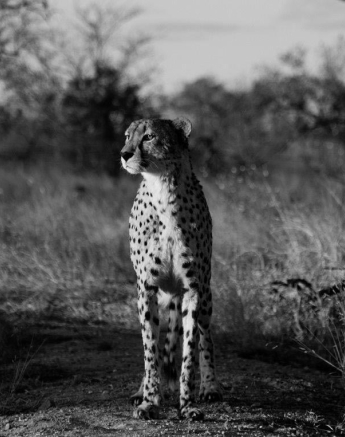
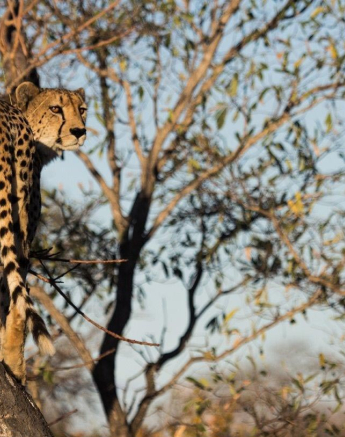
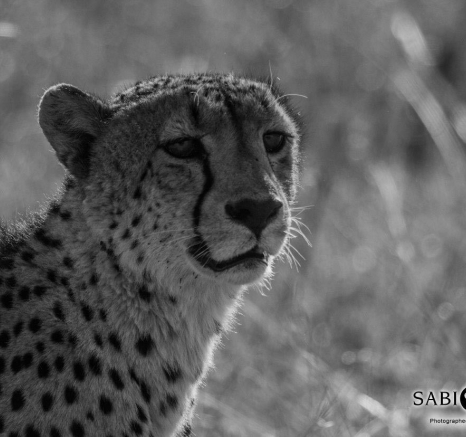
With many lion sightings happening all over the reserve, one would think leopard sightings could be slightly more difficult in finding from time to time, but that is incorrect. Over my last six week cycle, I witnessed three different mating leopard pairings. The young White Dam male and Little Bush female, as well as Kashane and Kigelia and lastly the most recent the White Dam male again with the newly seen Msuthlu female. One knows seeing mating leopards is uncommon, extremely rare and difficult to discover but this cycle has taken that theory and crashed it.
Maxabeni, the territorial male of the North, has also been seen regularly, especially on a couple kills of his own. At the same time, so was the dominant male of the South, Kashane - witnessing him capture and kill a female warthog. A familiar face, Xovonekela, a male dominant in a neighbouring property has started expanding his territory into our property far South, just North of the Sabie River. Here we found him on a female impala kill he recently dragged up a tree. However, he is seeming to have some nasty wounds on his neck, possibly an altercation with another male into his territory. Lastly, Little Bush female’s most recent independent cub now referred to as “Ntsumi” meaning “Angel” in Shangaan has been doing exceptionally well and looking in great condition and is really going to be a star leopard here at Sabi Sabi in the future.
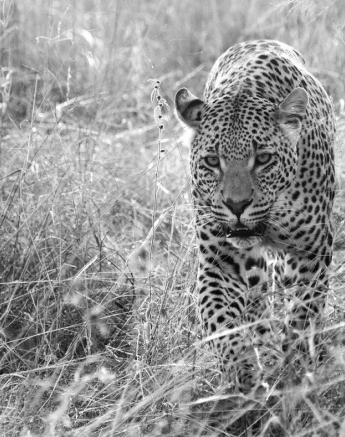
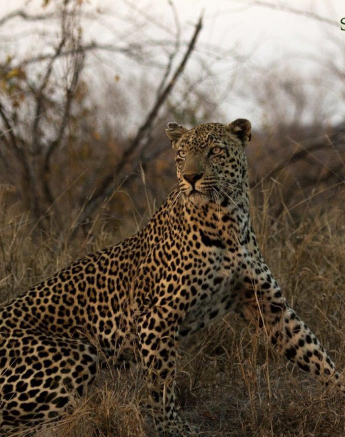
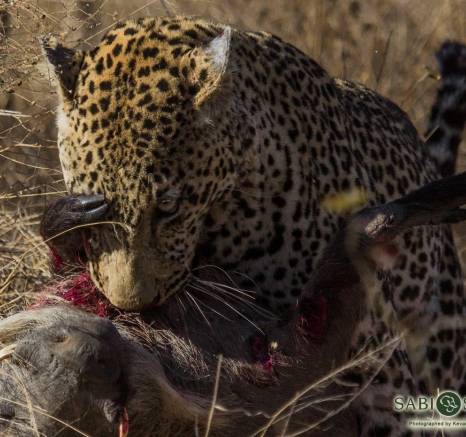
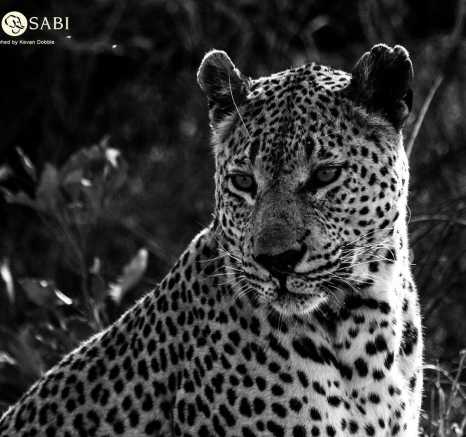
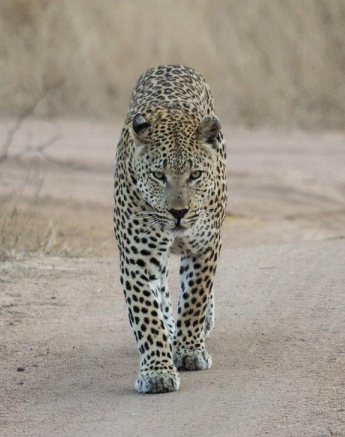
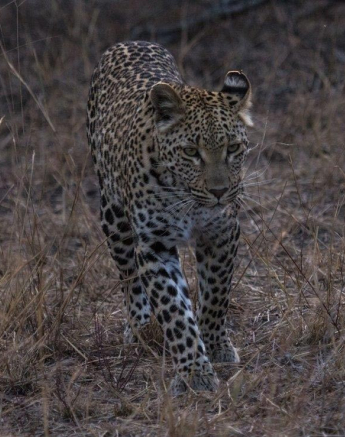
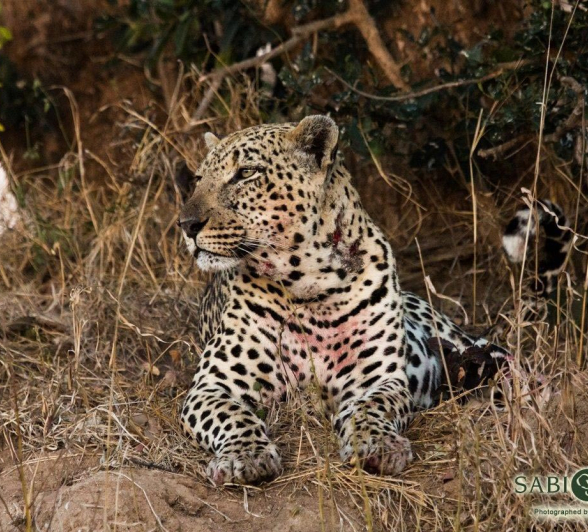
Lastly as I always say it’s not just the high profile animals that make a safari or my cycle an amazing time within the reserve, many other sightings contributed just as equally as the rest as well as the people we meet, the experiences and great times shared.
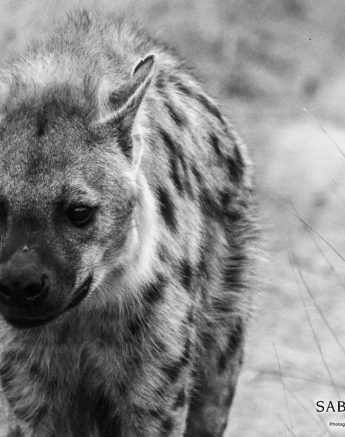
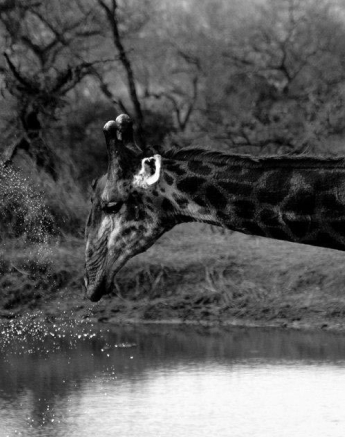
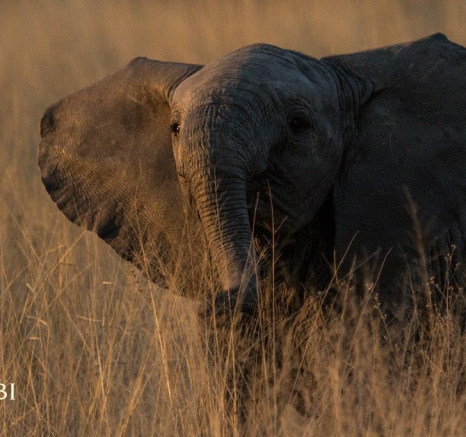
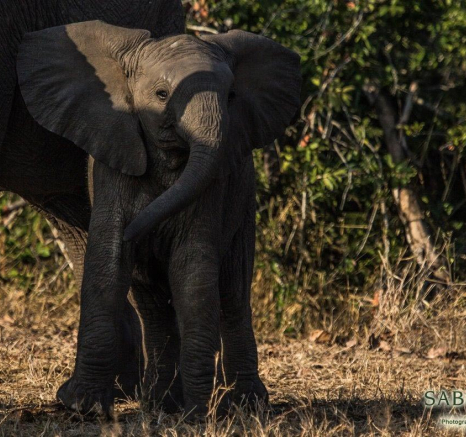
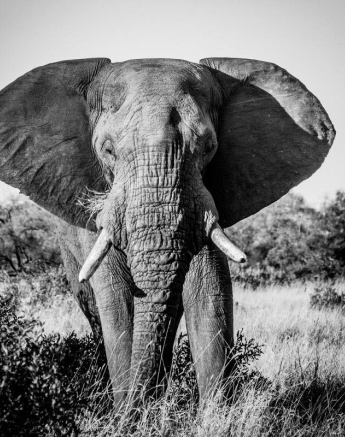
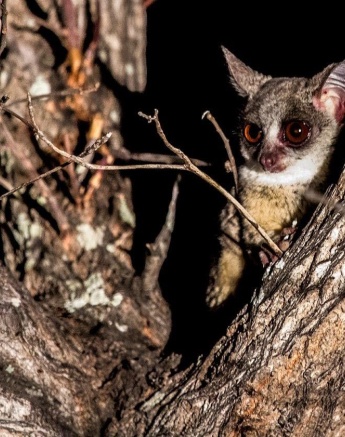
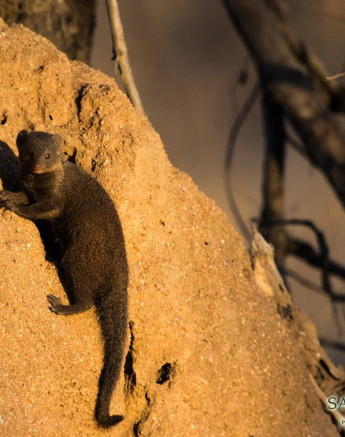
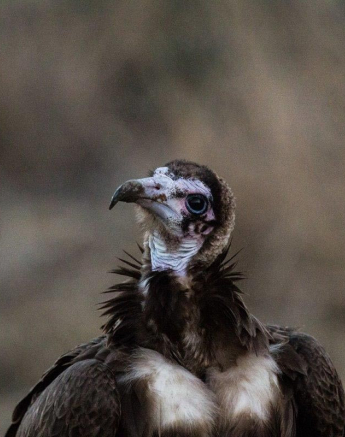
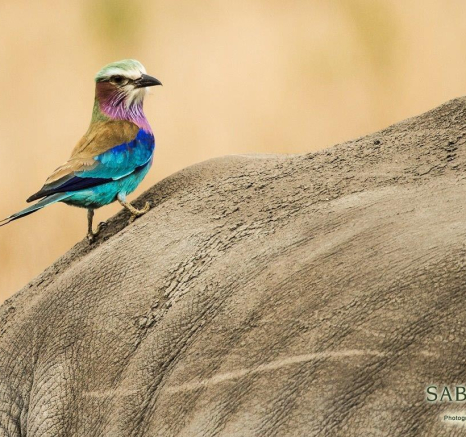
I leave you all with a new perspective of an experience within the bush, try at least one morning sunrise. Here myself and my guests went out early a witnessed a new day starting as the sun rose in the East and the morning golden rays caught the mist from the cooler evening.
